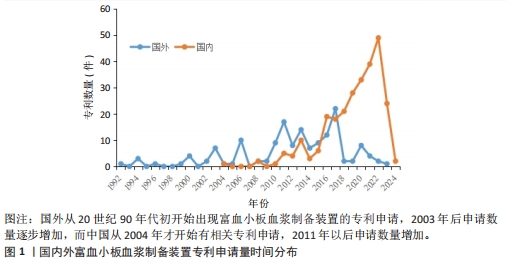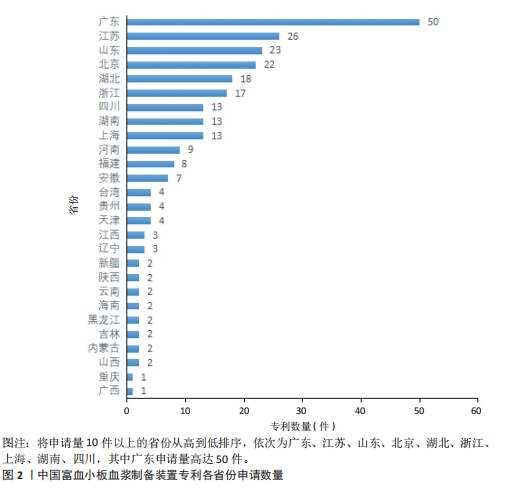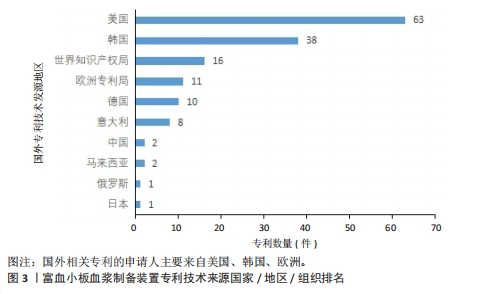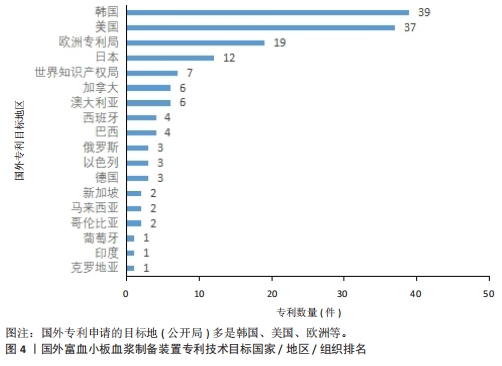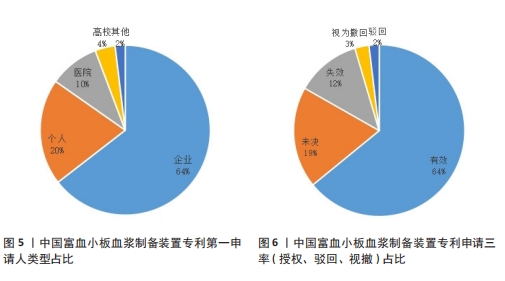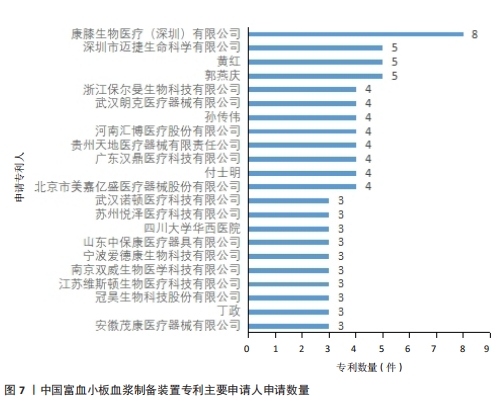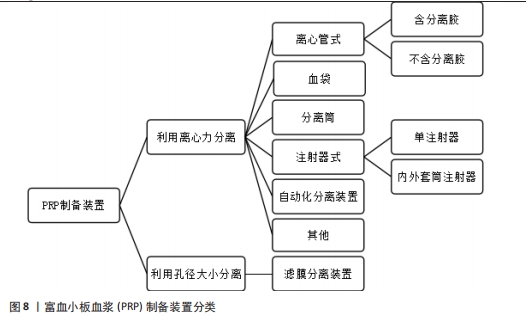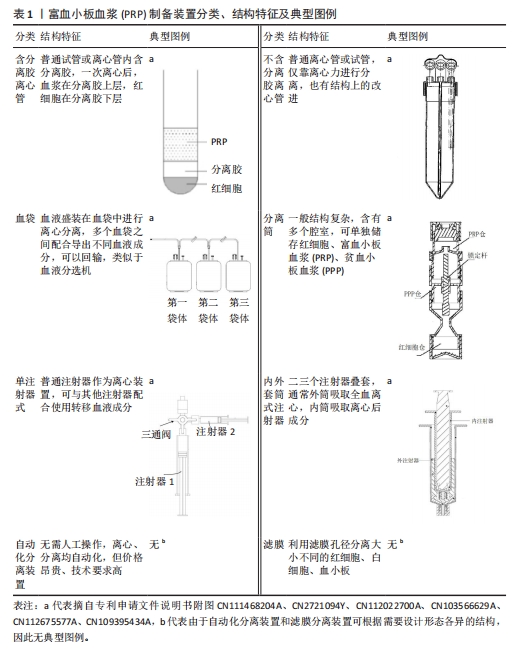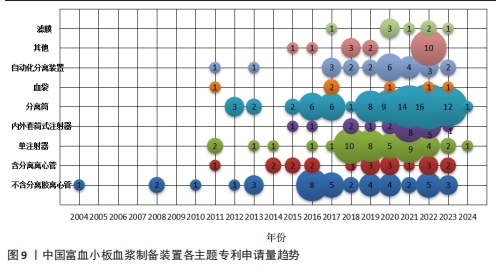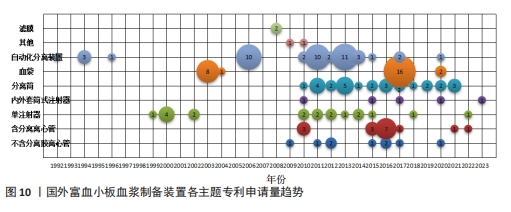[1] HARKE H, TANGER D, FVRST-DENZER S,
et al. Effect of apreoperative separation of platelets on the postoperative blood loss subsequent to extracorporeal circulation in open heart surgery. Anaesthesist. 1977; 26(2) 64-71.
[2] 中国输血协会临床输血管理学专业委员会.自体富血小板血浆制备技术专家共识[J].中国输血杂志,2021,34(7):677-683.
[3] GIEREK M, KLAMA-BARYŁA A, ŁABUŚ W, et al. Platelet-Rich Plasma and Acellular Dermal Matrix in the Surgical Treatment of Hidradenitis Suppurativa: A Comparative Retrospective Study. J Clin Med. 2023;12(6): 2112.
[4] TROHA K, VOZEL D, ARKO M, et al. Autologous Platelet and Extracellular Vesicle-Rich Plasma as Therapeutic Fluid: A Review. Int J Mol Sci. 2023;24(4):3420.
[5] ALI SS, AHMAD I, KHURRAM MF, et al. The Role of Platelet-Rich Plasma in Reducing Pain, Pruritis, and Improving Wound Healing of Skin Graft Donor Site. Indian J Plast Surg. 2022;55(4):376-382.
[6] CHIGURUPATI VS, KHANNA S, KUMAR S, et al. Efficacy of platelet-rich plasma in alleviating split skin graft morbidities. J Cutan Aesthet Surg. 2024;17(1):50-54.
[7] CONSTANZO F, PINTO J, LEDERMANN C, et al. Leukocyte-Rich and Platelet-Rich Fibrin for Skull Base Reconstruction After Endoscopic Endonasal Skull Base Surgery. Neurosurgery. 2023;92(4):787-794.
[8] COUCKE B, DE VLEESCHOUWER S, VAN LOON J, et al. Leukocyte- and platelet-rich fibrin in cranial surgery: a single-blinded, prospective, randomized controlled noninferiority trial. J Neurosurg. 2024; 141(2):500-508.
[9] ABDOLLAHI A, EMADI E, HAMIDI ALAMDARI D. Autologous platelet-rich-plasma injection and platelet-rich fibrin glue interposition for treatment of anal fistula resistant to surgery. Gastroenterol Hepatol Bed Bench. 2023;16(3):292-296.
[10] LI Y, WU Z. Effect of topical application of autologous platelet gel on sternal wound infection after cardiac surgery: A meta-analysis. Int Wound J. 2024;21(3): e14761.
[11] EVERTS PA, LANA JF, ALEXANDER RW,
et al. Profound Properties of Protein-Rich, Platelet-Rich Plasma Matrices as Novel, Multi-Purpose Biological Platforms in Tissue Repair, Regeneration, and Wound Healing. Int J Mol Sci. 2024;25(14):7914.
[12] MALCANGI G, PATANO A, PALMIERI G,
et al. Maxillary Sinus Augmentation Using Autologous Platelet Concentrates (Platelet-Rich Plasma, Platelet-Rich Fibrin, and Concentrated Growth Factor) Combined with Bone Graft: A Systematic Review. Cells. 2023;12(13):1797.
[13] DENG Z, LONG ZS, GONG FP, et al. The efficacy and safety of platelet-rich plasma in the tendon-exposed wounds: a preliminary study. J Orthop Surg Res. 2022;17(1):497.
[14] LV Y, YANG Z, CHEN Z, et al. Artificial Dermis and Autologous Platelet-Rich Plasma for Treatment of Refractory Wounds: A Clinical Study. Int J Low Extrem Wounds. 2024;23(2):275-282.
[15] ZHANG Z, LONG J, GENG J, et al. Efficacy of autologous platelet-rich plasma for long-term glucocorticoids caused chronic wound: a case report. Cell Tissue Bank. 2023;24(4):705-710.
[16] WANG Y, LIU J, XIE J, et al. The effects of platelet-rich plasma combined with a skin flap transplant on open foot fractures with soft tissue defects. Am J Transl Res. 2021;13(6):6662-6669.
[17] MARINESCU EA, NICA O, ILINOIU E, et al. PRP Enriched with Hyaluronic Acid -PRP from Rat Protocol and Method of Preparation. Curr Health Sci J. 2021;47(1): 42-48.
[18] HELMY Y, FAROUK N, ALI DAHY A, et al. Objective assessment of Platelet-Rich Plasma (PRP) potentiality in the treatment of Chronic leg Ulcer: RCT on 80 patients with Venous ulcer. J Cosmet Dermatol. 2021;20(10):3257-3263.
[19] BOSSART S, SEYED JAFARI SM, LEHMANN M, et al. Effect of topical application of platelet-rich plasma on chronic venous leg ulcerations. Dermatol Ther. 2022;35(2): e15236.
[20] ŠÍMA P, SCHŮREK J, FOROSTYAK S, et al. Management of Leg Ulcers Using Combined PRP Therapy on a Nanofiber Carrier: Results of a Pilot Study. Acta Chir Orthop Traumatol Cech. 2022;89(3):204-207.
[21] HUBER SC, DE MORAES MARTINELLI B, QUINTERO M, et al. A case series of platelet rich plasma in chronic venous ulcers. Regen Ther. 2021;18:51-58.
[22] WANG Z, FENG C, CHANG G, et al. The use of platelet-rich plasma in wound healing and vitiligo: A systematic review and meta-analysis. Skin Res Technol. 2023; 29(9):e13444.
[23] BHANOT S, ALEX JC. Current applications of platelet gels in facial plastic surgery. Facial Plast Surg. 2002;18(1):27-33.
[24] OTOLESE A, VIGNATI F, ANTELMI A, et al. Effectiveness of platelet-rich plasma in healing necrobiosis lipoidica diabeticorum ulcers. Clin Exp Dermatol. 2015;40(1):39-41.
[25] MAGHSOUDI H, NEZAMI N, MIRZAJANZADEH M. Enhancement of burnwounds healing by platelet dressing. Int J Burns Trauma. 2013;3(1):96-101.
[26] O’CONNELL B, WRAGG NM, WILSON SL. The use of PRP injections in the management of knee osteoarthritis. Cell Tissue Res. 2019;376(2):143-152.
[27] YUKSEL E, SAHIN G, AYDIN F, et al. Evaluation of effects of platelet-rich plasma on human facial skin. J Cosmet Laser Ther. 2014;16(5):206-208.
[28] THEYS T, VAN HOYLANDT A, BROECKX CE, et al. Plasma-rich fibrin in neurosurgery: a fesibility study. Acta Neurochir. 2018;160(8): 1497-1503.
[29] SHIRVAN MK, ALAMDARI DH, GHOREIFI A. A novel method for iatrogenic vesicovaginal fistula treatment: autologous platelet rich plasma injection and platelet rich fibrin glue interposition. J Urol. 2013;189(6): 2125-2129.
[30] THROWBRIDGE CC, STAMMERS AH, WOODS E, et al. Use of platelet gel and its effects on infection in cardiac surgery. J Extra Corpor Technol. 2005;37(4):381-386.
[31] WHITMAN DH, BERRY RL, GREEN DM. Platelet gel: an autologous alternative to fibrin glue with applicaions in oral and maxillofacial surgery. J Oral Maxillofacial Surg. 1997;55(11):1294-1299.
[32] MARX RE, CARLSON ER, EICHSTAEDT RM, et al. Plateleti-rich plasma: Growth factor enhancement for bone grafts. Oral Surg Oral Med Oral Pathol Oral Radiol Endod. 1998;85(6):638-646.
[33] KAZAKOS K, LYRAS DN, VERETTAS D, et al. The use of autologous PRP gel as aid in the management of acute trauma wounds. Injury. 2009;40(8):801-805.
[34] 张承启,石伟.富血小板血浆及其在关节镜下前交叉韧带重建术中的应用研究进展[J].长春中医药大学学报,2024, 40(7):818-822.
[35] 贝哲斯咨询.全球及中国富血小板血浆(PRP)行业现状分析与前景展望[EB/OL].2023-04-22. https://www.shangyexinzhi.com/article/7708103.html
[36] 李卓男,张连波.富血小板血浆的临床应用[J].中国美容整形外科杂志,2019, 30(3):184-187.
[37] 吕敏裴,国献,刘勇,等. 富血小板血浆的制备现状及研究进展[J].现代生物医学进展,2013, 13(13):2475,2574-2577.
[38] 山东威高集团医用高分子制品股份有限公司.一种用于制作富血小板血浆的离心管:CN2721094Y[P]. 2005-08-31.
[39] 康膝生物医疗(深圳)有限公司.从血液中提取富血小板血浆的提取装置及方法:CN112675577A[P]. 2021-04-20.
[40] KENSEY NASH CORPORATION. Centrifuge: CA2864441A1[P]. 2013-08-22. |

